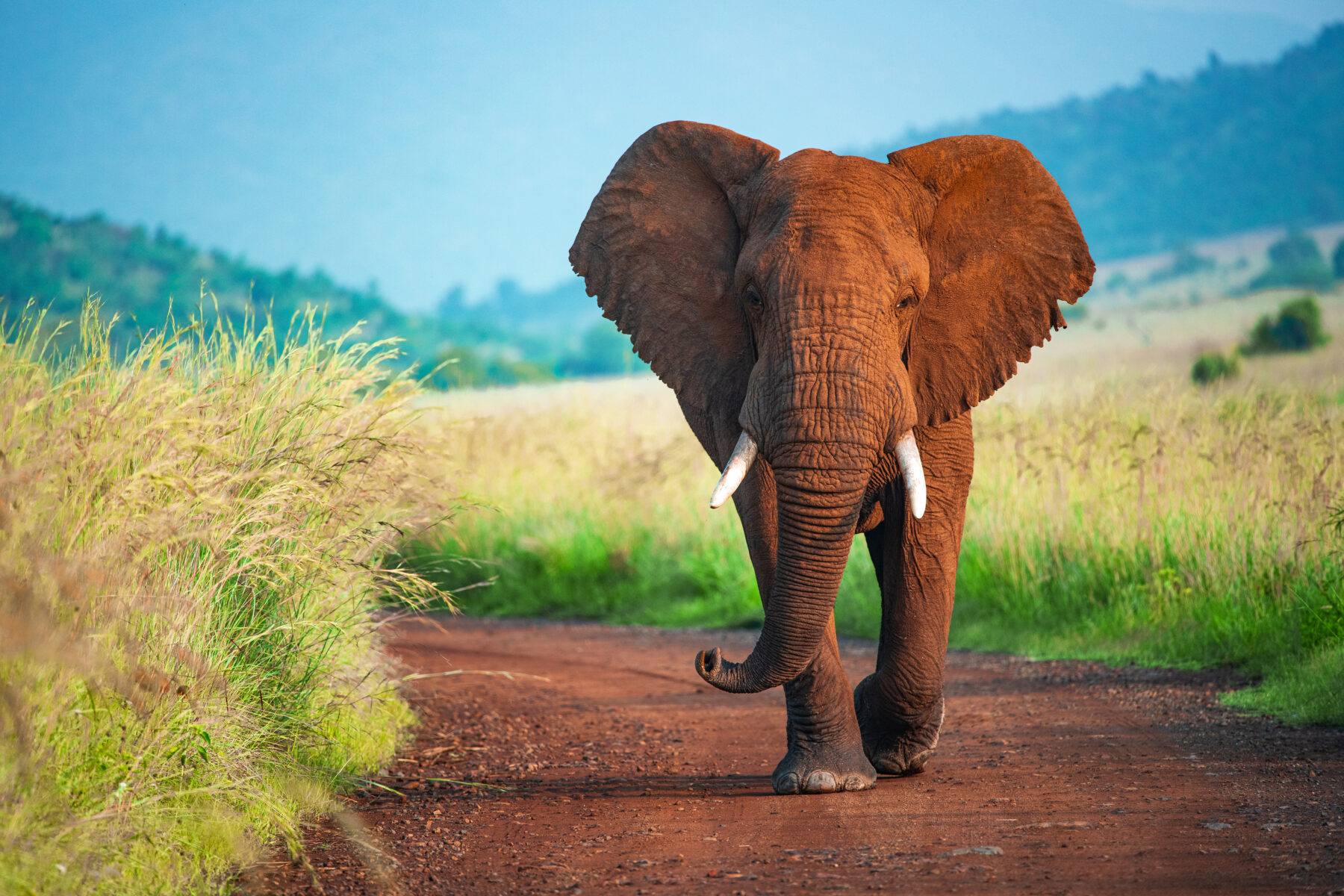
The fact a species’ cancer risk doesn’t increase with its size is called Peto’s paradox, after Professor Sir Richard Peto, one of our researchers, who first laid it out in the 1970s.
If we can solve the paradox – and learn how the world’s biggest animals avoid cancer – we‘ll have a much better idea of how the disease works. We might even be able to use some of nature’s techniques to improve how we treat cancer in humans.
An anti-cancer defence mechanism
Not long after Peto started pondering his paradox, two other Cancer Research UK-funded scientists, Dr Lionel Crawford and Professor Sir David Lane, went fishing for molecules with a monkey virus. They hooked a tiny protein we now call p53.
It wasn’t clear straight away, but that was the first time anyone had found a protein our body uses to prevent cancer.
p53 is a tumour suppressor. It stops damaged cells from copying themselves so they can be repaired, and, if they can’t, it causes them to die, meaning DNA damage can’t build up into cancer.
Lane nicknamed it the ‘guardian of the genome’.
Elephants’ extra anti-cancer genes
Problems with p53 are linked to most adult cancers.
The gene responsible for making p53 is called TP53. Humans have one copy of it (containing two versions) in every cell.
It’s so important for protecting us from cancer that people born with only one functioning version of TP53 (a condition called Li-Fraumeni Syndrome) have been reported to have a lifetime cancer risk of more than 70%.
Every cell in an African elephant contains 20 copies (or 40 versions) of TP53.
They don’t all work the same way. But with 38 extra versions of the gene on the job, elephant cells are much more vigilant about DNA damage. They will self-destruct to prevent mutations that our cells won’t even respond to.
It’s not that all, or even most, of those changes would lead to cancer. With so many chances for things to go wrong, though, elephant cells shoot first and ask questions later.
Elephant TP53 seems to act that way wherever you put it. Lab studies have shown that it presses the self-destruct button when introduced to human cancer cells, too.
A study last year by a team of researchers from across Europe (including the Chairman of Save the Elephants, Professor Fritz Vollrath) helped explain how. There are important differences between each copy of elephant TP53. They all have their own ways of interacting with other proteins in the cell, making it harder for cancers to disable enough of them to escape detection.
By comparing exactly how these different copies of TP53 work, the researchers hope to learn more about how our own bodies fight cancer. They’ve also suggested that supporting the TP53 in our cells – mimicking elephants’ different copies of the gene – could be a new model for cancer medicine.
Elephants and Cancer Research UK
Lane, our former chief scientist, is now the head of Cancer Grand Challenges, the global funding initiative we co-founded with the National Cancer Institute in the US. He was also the second recipient of the Cancer Research UK Lifetime Achievement Award.
Peto, one of the leading experts in cancer patterns around the world, was the first.
A trunk full of tricks
And then there’s the zombie gene.
Elephants evolved from much smaller ancestors and acquired extra copies (or retrogenes) of TP53 as they grew. Some scientists think these may have helped elephants reach the size they are today.
Somewhere in their evolutionary history, elephants also gained extra copies of another tumour suppressor gene: LIF, which works in concert with TP53. Scientists have also found extra LIF genes in elephants’ closest cousins: slow-swimming manatees (also known as sea cows) and short, stout balls of fur called hyraxes, which live on mountains and in trees.





